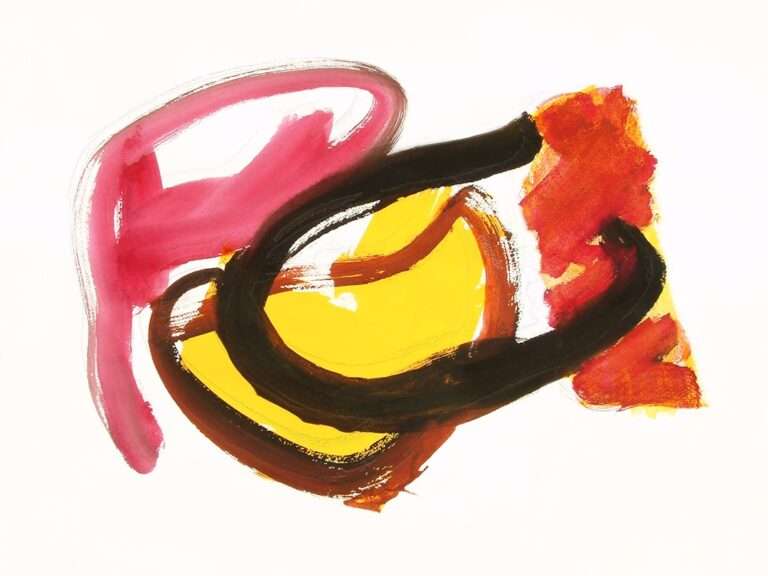What does the Tree of Life symbolize across different eras?

A prominent symbol that has appeared in many different historical cultures, religions, and mythologies is the Tree of Life. The unity of the cosmos, the cycle of life, death, & rebirth, and the interconnection of all living things are all represented by this universal symbol. The link between heaven, earth, and the underworld is represented by this symbol, which is typically portrayed as a big tree with roots that reach deep into the ground & branches that reach upward. Many ideas, including strength, wisdom, growth, and immortality, have been communicated through the Tree of Life. The significance of this symbol is universal and cuts across all spheres of human civilization.
Key Takeaways
- The Tree of Life is a powerful and enduring symbol that has been used across cultures and time periods.
- In ancient cultures and religions, the Tree of Life represented the connection between the earth and the heavens, and the cycle of life and death.
- In medieval and Renaissance art, the Tree of Life was often depicted in religious contexts, symbolizing spiritual growth and the interconnectedness of all living things.
- In modern and contemporary symbolism, the Tree of Life has been adapted to represent concepts such as family, heritage, and personal growth.
- The Tree of Life has also been a recurring motif in literature and mythology, often representing immortality, wisdom, and the interconnectedness of all living things.
- In science and nature, the Tree of Life is used to represent the evolutionary relationships between all living organisms, showcasing the interconnectedness of all life on earth.
- The enduring significance of the Tree of Life symbol lies in its ability to represent the interconnectedness of all living things and the cycle of life and death, making it a powerful and timeless symbol.
Its continuing influence in literature, science, art, and religion is proof of its enduring relevance and appeal to all people. As a constant reminder of the interdependence of all living things and the cyclical nature of existence, the Tree of Life continues to captivate and inspire people around the world. The Historical Egyptian & Mesopotamian Origins. The “Ea tree,” also known as the Tree of Life, was regarded as a sacred tree that bestowed immortality in prehistoric Mesopotamian mythology.
The Tree of Life was connected to the goddess Isis in Egyptian mythology, and it was thought to provide wisdom & eternal life. Abrahamic and Eastern Traditions. The sacred fig tree, also called the Bodhi tree, is revered as a symbol of enlightenment and spiritual awakening in Hinduism. It is regarded as the Tree of Life.
From a Jewish perspective, the Tree of Life, which is said to have stood in the Garden of Eden and is referenced in the Book of Genesis, symbolizes the wellspring of life and wisdom. The Tree of Life is viewed as a symbol of eternal life via Jesus Christ and is frequently connected to the cross in Christianity. The Global Importance of Norse Mythology. The nine worlds are said to be connected by the Yggdrasil tree, which is regarded as the Tree of Life in Norse mythology.
The Tree of Life is interpreted differently by different cultures & religions, which emphasizes its universal significance as a symbol of life, wisdom, and spiritual development. In medieval and Renaissance art, the Tree of Life has been a widely used motif that can be found in a variety of works, including paintings, tapestries, and illuminated manuscripts. The Tree of Life, which represents the promise of redemption through Christ and the fall of humanity, is frequently portrayed in Christian art as scenes from the Garden of Eden. The interdependence of all living things & the divine order of creation are symbolized by the Tree of Life, which is also utilized as a decorative motif in churches and cathedrals.
The Tree of Life, which represents concepts like knowledge, wisdom, and spiritual enlightenment, was frequently portrayed in allegorical paintings & tapestries during the Renaissance. The Tree of Life is a powerful visual metaphor for the interconnectedness of all life and the cyclical nature of existence, & artists like Albrecht Dürer and Hieronymus Bosch used it in their works. In illuminated manuscripts from this era, the Tree of Life also made an appearance as a decorative motif that expressed philosophical and spiritual themes. As a powerful symbol of concepts like interconnectedness, growth, and renewal, the Tree of Life is still prevalent in modern and contemporary culture.
A common motif in contemporary jewelry design, the Tree of Life represents strength, family, and personal development. In addition to being a popular tattoo design, the Tree of Life is a powerful symbol that many people choose to have inked on their bodies as a reminder of their ties to the natural world and the cycle of life. In modern art, artists from all over the world have reinterpreted the Tree of Life image, using it to explore themes like spirituality, environmentalism, and social interconnectedness. Numerous spiritual movements and New Age ideologies have also adopted the Tree of Life as a symbol of harmony and unity.
Its continuing influence on contemporary culture attests to its enduring appeal and capacity to connect with individuals from all walks of life. Across many cultures and traditions, the Tree of Life has been a recurrent theme in mythology and literature throughout history. The Yggdrasil tree, which connects the nine worlds and is regarded as the Tree of Life in Norse mythology, is said to act as the central axis holding the universe together.
The sacred oak tree, which represents the spirit of the divine and is regarded as a symbol of longevity, strength, & wisdom in Celtic mythology, is highly esteemed. Literary works have employed the Tree of Life metaphorically to symbolize development, wisdom, and enlightenment on a spiritual level. Kabbalistic tradition portrays the Tree of Life as a mystical chart that symbolizes the divine order of creation & acts as a guide for personal development.
A metaphor for interconnectedness and the cyclical nature of existence, the Tree of Life has also been used in a number of fiction & poetry pieces. Evolutionary history visualized with phylogenetic trees. Phylogenetic trees, which graphically depict the genetic relationships and evolutionary history of various species, have helped to further develop this idea.
In nature, trees are emblematic of life & interdependence. In the natural world, trees themselves are regarded as representations of life and interdependence since they support countless living things and are essential ecosystem components. The fact that trees can produce oxygen, give animals a place to live, & support a variety of ecosystems makes them extremely valuable. The Value of Protecting Nature’s Environment.
The everlasting existence of trees in the natural world is a potent symbol of the interdependence of all living things and the significance of protecting it. Representing universal themes like interconnectedness, growth, & renewal, the Tree of Life is a symbol that has endured beyond cultural & temporal boundaries. Its continued relevance is demonstrated by the fact that it is found in many facets of human civilization, from mythology to modern culture. People all across the world are still enthralled and motivated by the image of the Tree of Life, which serves as a potent reminder of our interconnectedness with the natural world and one another.
The Tree of Life is a powerful symbol that appeals to people from all walks of life, regardless of how it is portrayed in historical religious texts or updated by modern artists. Its capacity to both visually depict our interconnectedness with all living things and impart profound truths about life, death, and rebirth is what gives it its enduring appeal. The significance of the Tree of Life endures because it provides us with a constant reminder of our place in the complex web of life, even as we navigate an ever-changing world.
FAQs
What is the Tree of Life symbol?
The Tree of Life is a universal symbol found in many spiritual and religious traditions around the world. It is often depicted as a tree with branches reaching into the sky and roots deep into the earth.
What does the Tree of Life symbolize in different eras?
In different eras, the Tree of Life has symbolized various concepts such as connection to the divine, the cycle of life and death, growth and strength, and the interconnectedness of all living things.
How is the Tree of Life represented in different cultures?
The Tree of Life is represented in various ways across different cultures, including as a physical tree, a sacred symbol, or a philosophical concept. It can be found in ancient mythology, religious texts, and spiritual practices.
What are the common themes associated with the Tree of Life symbol?
Common themes associated with the Tree of Life symbol include wisdom, rebirth, abundance, interconnectedness, and the cyclical nature of life. These themes are often reflected in the beliefs and traditions of different cultures.





